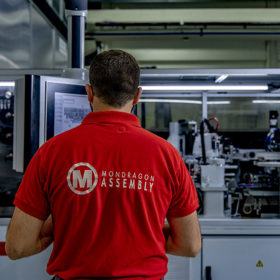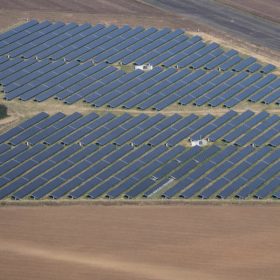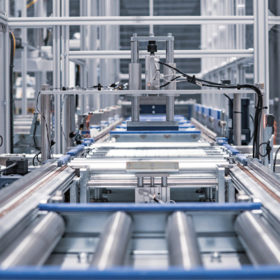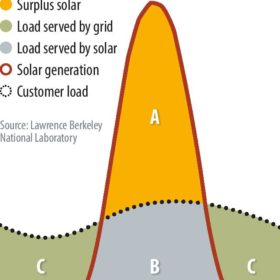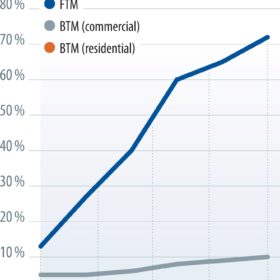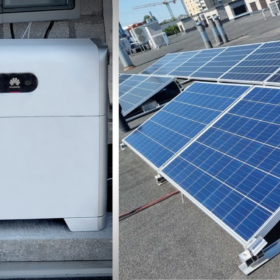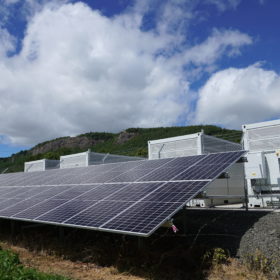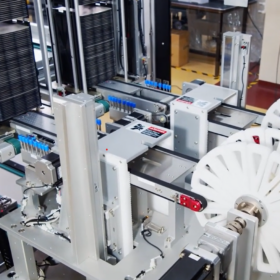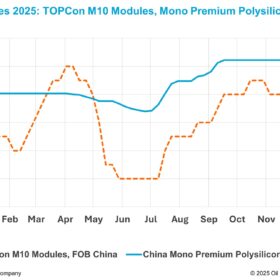Mondragon Assembly will develop a multi-GW automated manufacturing line for BVG Ltd
It will be one of the largest and most automated lines in North India, with the capacity to produce higher power modules with larger cells. The first phase will have a production capacity of 500 MW.
Why do solar power plants work inefficiently?
When choosing a solar power plant, individuals and businesses pay the most attention to its power – after all, this will determine how much electricity will be produced. Other equipment, systems and sensors that allow monitoring and analysis of the operation of the power plant are often underestimated. But they shouldn’t be: the solar power plant will be used for several decades, so various failures and poor-quality monitoring can have a significant impact on the efficiency of electricity production.
Copper is the new silver lining
As the PV industry scales to annual terawatt-level production to rapidly curtail the world’s emissions, it will become more challenging to continue the cost reduction trajectory. Increasing module production from current levels of 200 GW to 300 GW to several terawatts each year will consume significantly more material resources than the industry currently uses. This will require consideration of the additional materials to be sourced, writes Alison Lennon, chief scientist at Sundrive Solar and professor at the UNSW’s School of Photovoltaic and Renewable Energy Engineering.
The long read: State-of-the-art assessment of batteries
Batteries are set to drive the energy and mobility transitions. Worryingly, when they degrade early or excessively – particularly because of misuse – it can be costly. Claudius Jehle, the CEO of volytica, explains how a better understanding of batteries can prevent expensive mistakes.
The long read: Netting true value from batteries
Net metering reforms in the US are a missed opportunity to harness residential battery storage, argue researchers from the Lawrence Berkeley National Laboratory. Compensation rules for residential rooftop solar are evolving toward a model that encourages customers to use battery storage to maximize solar self-consumption. However, is this a good thing? Galen Barbose, Sydney P. Forrester, and Chandler Miller investigate.
Australian startup releases new hydrogen generators
H2X Global has released the first of its hydrogen-powered generators in the Australian market.
The long read: China’s policy-driven battery boom
The rise of electric vehicles brings rapid technological advancement and cost reductions to lithium ion battery manufacturing, which can serve to make batteries more useful and more profitable for the energy storage industry. However, the use of stationary batteries as energy assets is still at a nascent stage. Most markets and business models are immature, and InfoLink analyst Yuan Fang-wei sees policy as the major driving force to lead and stimulate China’s energy storage market.
The long read: Are local Li-ion battery manufacturing facilities necessary?
As sales of Li-ion batteries accelerate, both governments and the largest battery manufacturers are beginning to grapple with the question of whether local manufacturing facilities are desirable or even necessary. Although this appears to buck the trend of technological development over the last few decades, there are a number of technical as well as geopolitical reasons that make this a major issue for all Li-ion battery manufacturing stakeholders. Everoze partner Jamie Shaw-Stewart explores some of these issues.
Solar power plants with smart batteries: It’s just a matter of time
At the end of 2021, the total capacity of the solar power plants throughout the world was estimated to be 940 GW. According to the forecasts of solar association SolarPower Europe, the total capacity could reach 2 TW by 2025. With the rapidly growing popularity of solar power plants, experts predict that the next breakthrough in this sector will be smart batteries. In the future, solar power plants will not be able to operate without them.
The long read: Flowing into the lithium supply gap
Australian-born vanadium redox flow technology and new homegrown electrolyte sources are set to bulk up renewable energy storage options in the Pacific region and plug the gap left by lithium supply-chain issues. Natalie Filatoff reports from Sydney.
